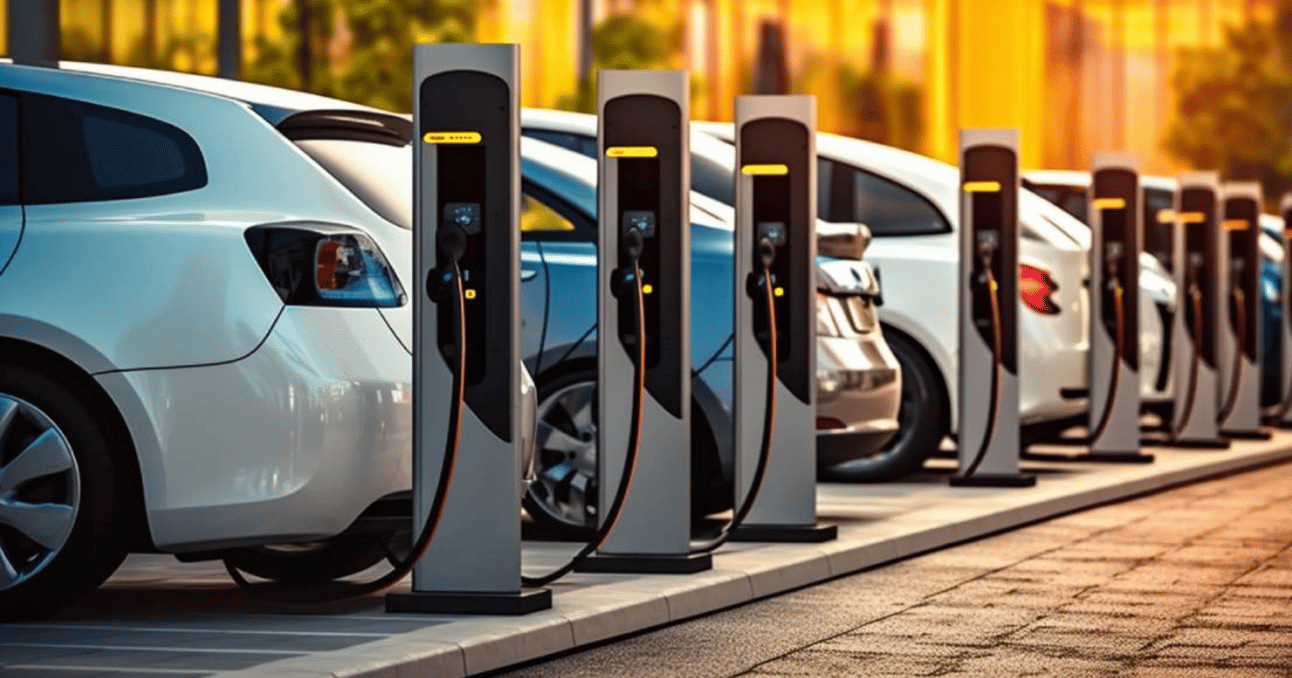- The Spark Check
- Posts
- Keep on Charging - Despite Friction
Keep on Charging - Despite Friction
The shift toward electric vehicles isn’t going quite as planned—at least, not according to a few car companies.

Getty Images
Despite EPA regulations pushing manufacturers to adapt to the "new world" of electric vehicles by 2032, it seems the public isn’t sold just yet. Maybe we’re all waiting for those half a million charging stations that are supposed to magically appear by 2030.
Toyota’s North America COO, Jack Hollis, hasn’t held back on his thoughts about the U.S.’s policies, calling them “de facto mandates” that don’t exactly align with what consumers want. Sure, recent EV sales are on the rise, but even Toyota isn’t feeling confident. The company just announced they’re slashing their 2026 global EV production target by a whopping third—from 1.5 million down to 1 million vehicles.
Then there’s Ford, which jumped into the EV game early but is still trying to figure out how to make these high-tech rides profitable. Building the Mustang Mach-E and Lightning hasn’t come cheap, and the financials show it. Ford’s EV division racked up a $4.9 billion loss in the first three quarters of 2024. Ouch.
Trouble isn’t just brewing stateside. Volkswagen, one of Europe’s automotive giants, has also hit a rough patch. BEV deliveries are down 4.7% over the last three quarters compared to the previous year, and in an unprecedented move, the company shut down three of its German factories.
The reality? Only 1.4% of vehicles on the road today are electric. California’s ambitious goal of selling only zero-emission vehicles by 2035 feels like a distant dream. The next few years will demand either rapid infrastructure development or a serious rethink of what the future of transportation looks like.
One thing’s clear: the EV road ahead isn’t as smooth as policymakers and manufacturers had hoped. Whether it’s a detour or a dead end remains to be seen.
Reply